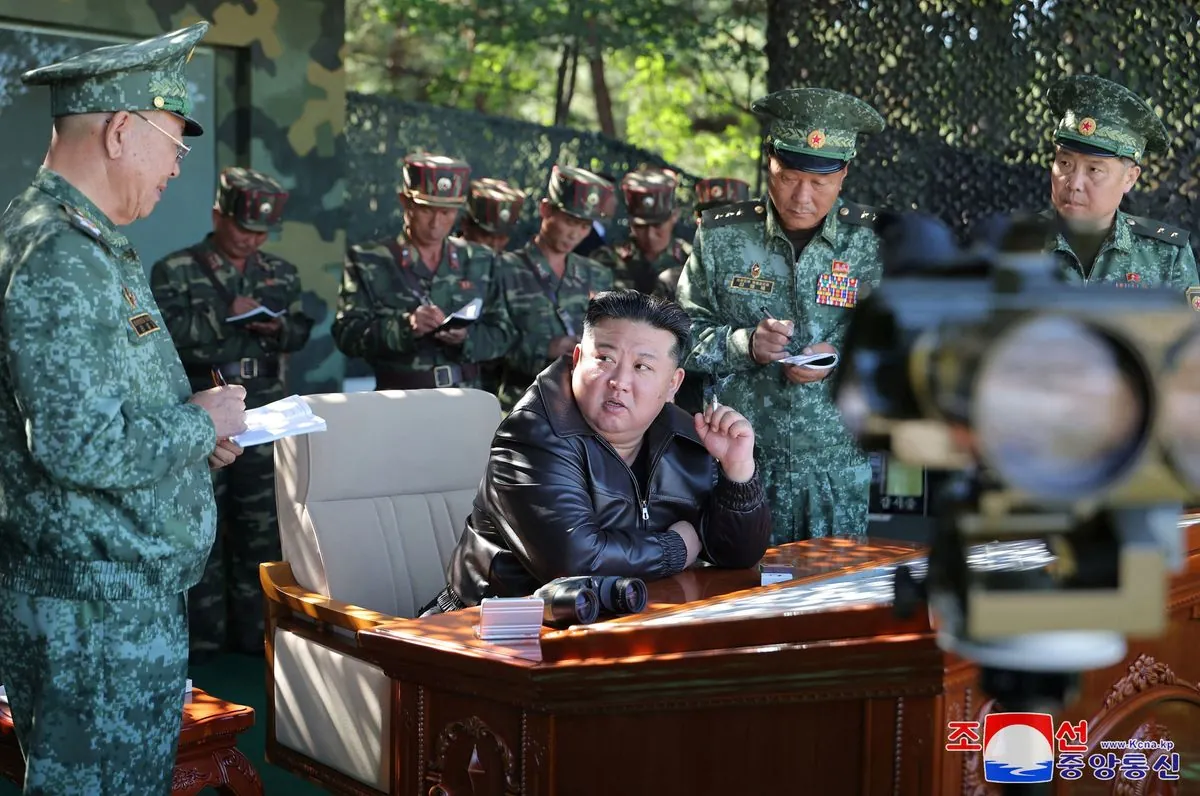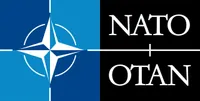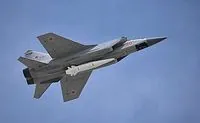Australia Conducts First SM-6 Missile Test, Boosting Naval Defense
Australia successfully test-fired a Raytheon SM-6 missile from HMAS Sydney near Hawaii, marking a significant milestone in enhancing its naval defense capabilities. The test is part of efforts to bolster military readiness amid regional tensions.
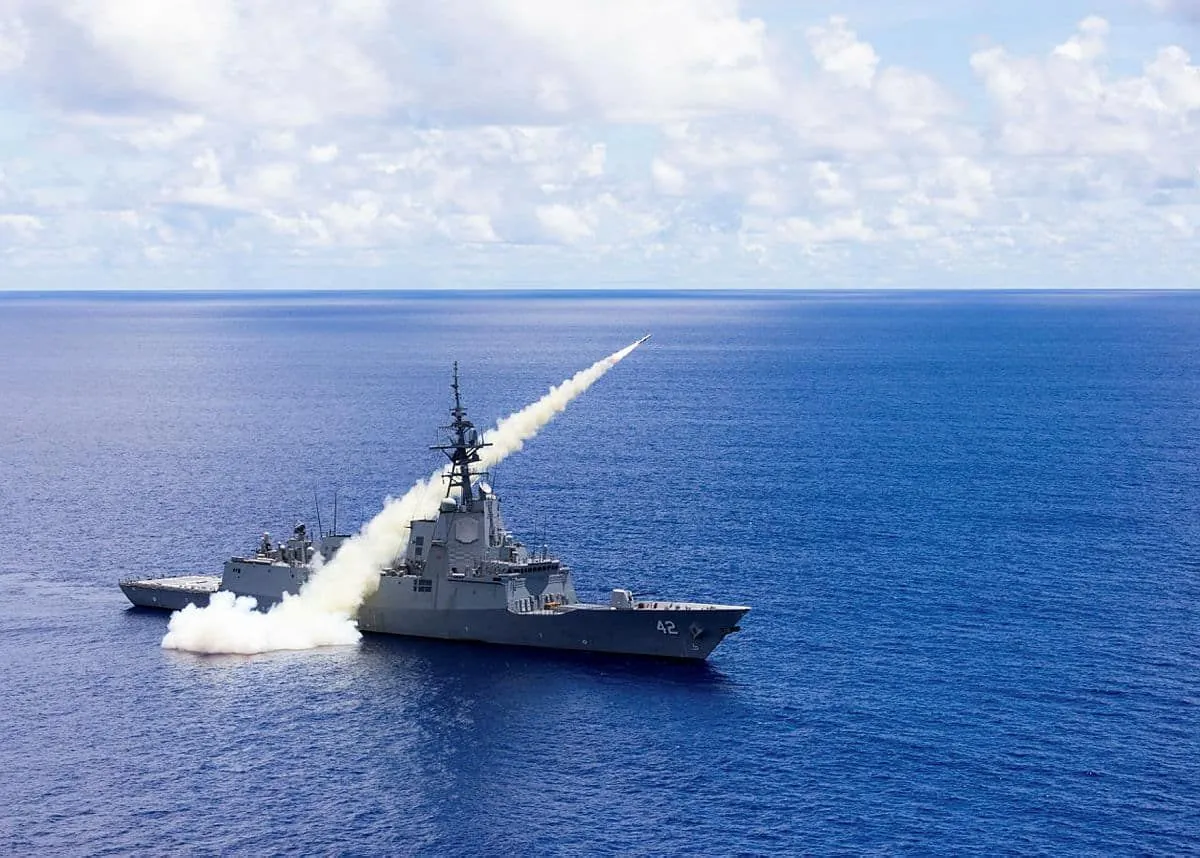
In a significant development for Australia's naval defense capabilities, the government announced the successful test-firing of a Raytheon SM-6 missile from the HMAS Sydney. This event, which took place near Hawaii as part of the Pacific Dragon 2024 exercise, marks the first time Australia has conducted such a test, representing a crucial step in integrating this advanced air-defense weapon into its arsenal.
The SM-6 missile, first deployed by the U.S. Navy in 2011, is renowned for its versatility and advanced capabilities. With a range exceeding 250 nautical miles and the ability to reach speeds of Mach 3.5, it stands as the most sophisticated naval air defense missile in the U.S. inventory. Its multi-purpose design allows it to engage aircraft, cruise missiles, and ballistic missiles, making it a valuable asset for Australia's defense strategy.
Pat Conroy, Australia's minister for defense industry and capability delivery, emphasized the significance of this test, stating:
"This is another example of the acceleration in acquisitions of critical capabilities for the Navy. The ability to deter an adversary from extended ranges and to deter attempts to project power against Australia is a core part of the National Defence Strategy."
The acquisition of the SM-6 is part of Australia's broader efforts to enhance its military capabilities in response to rising regional tensions, particularly with China. This move aligns with the country's strategy to expand its defensive reach and deter potential threats.
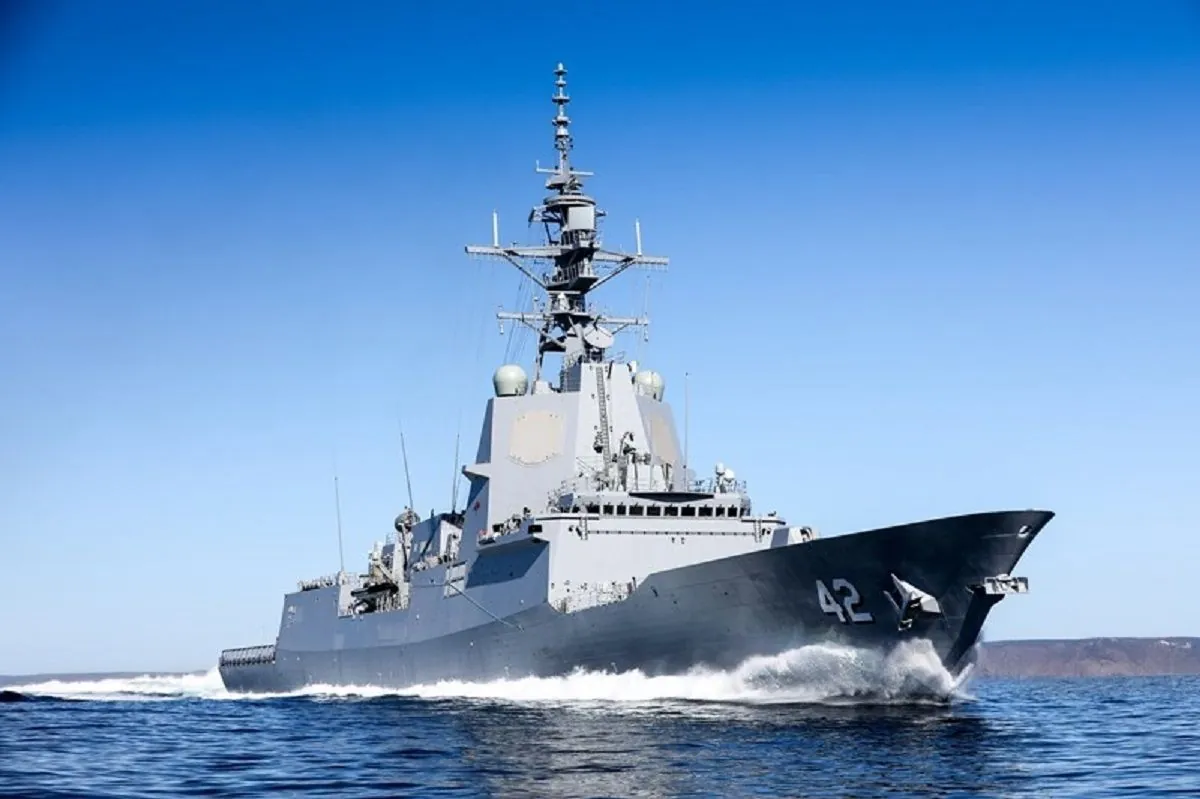
Australia plans to deploy the SM-6 missiles on its Hobart-class destroyers, each capable of carrying 48 air defense missiles. This integration will significantly boost the Royal Australian Navy's (RAN) defensive and offensive capabilities, allowing it to operate more effectively in contested waters if necessary.
The versatility of the SM-6 extends beyond air defense. It has been successfully tested in anti-surface warfare scenarios and can receive targeting data from external sensors, including aircraft. This flexibility makes it an integral part of modern naval warfare strategies, including the U.S. military's distributed lethality concept.
While the exact number of SM-6 missiles Australia intends to purchase remains undisclosed, the initial foreign military sale approval in 2021 indicated an estimated cost of $350 million for defense articles and services, including both SM-6 and older SM-2 missiles.
Euan Graham, a senior analyst with the Australian Strategic Policy Institute, commented on the significance of this acquisition:
"The versatility of SM-6 makes it an attractive addition to the RAN's limited missile armoury, giving it additional anti-ship and missile defence capability to complement the Naval Strike Missile."
The successful test-firing of the SM-6 missile represents a significant milestone in Australia's ongoing efforts to modernize and strengthen its defense capabilities. As part of a select group of nations, including Japan and South Korea, to acquire this advanced weapon system, Australia is positioning itself to better address evolving security challenges in the Indo-Pacific region.

